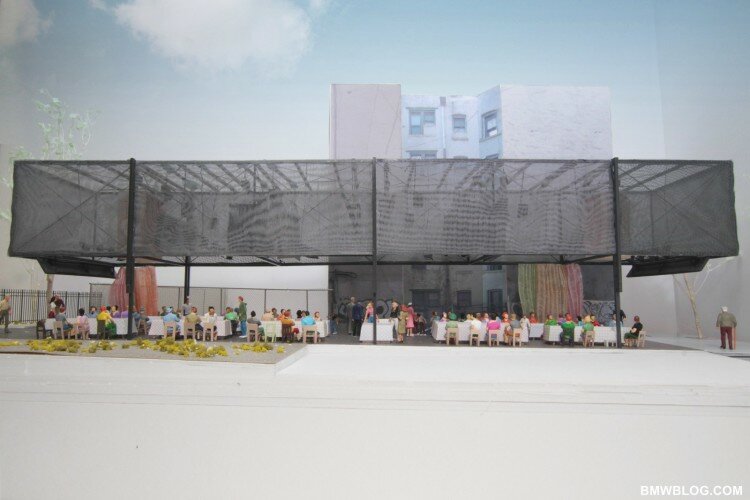We build the built environment for humans.
For humans to live in, to work in, to interact in, to travel through, to connect.
We do not build buildings, roads and bridges as an end in themselves.
Research shows the built environment impacts us as humans. It can affect our mood, and well being as well as areas in the brain attuned to geometry and the arrangement of spaces.
So, why then is the consideration of human psychology (behaviour and perception) what some might say the “soft sciences” (by the way we hate that term) one of the key areas that has not being focused on in depth in the design of the built environment to date?
Ruth Dalton, who studies both architecture and cognitive science at Northumbria University in Newcastle says “there are really good [evidence-based] guidelines out there…a lot of architects choose to ignore them”.
Taking a closer look a the physiological states created by the built environment could shed light on how city design affects our bodies say’s Colin Ellard, who researches the psychological impact of design at University of Waterloo in Canada.

The BMW Guggenheim Lab urban project by Colin Ellard and New York Lab Team member Charles Montgomery believes that there are many models of human behaviour designed to explain our behaviour in cities but the issue is they all see us [people] as the same inhabiting a city as “a swarm of ants inhabits a nest”.
While architect Jan Gehl noted in a 2017 Cities Today article “it is ironic that we know more about the habitat of mountain gorillas than we do about the habitat of people…we have programmes for smart cities, green cities, healthy cities, cities of culture but people are rarely centre-stage.”
But maybe the tide is changing? A new BUS Wellbeing survey, by global engineering consulting firm Arup and wellness specialist Delos looks at addressing the issue of health and wellness in buildings by looking at the design impact on occupant wellness.
But here’s a question. City planners now have at their disposal newer technologies, such as virtual reality (VR) and augmented reality (AR), that enables end users to collaborate with them on design of the built environment. These technologies allow the tracking and capture of the experience of the user – the person – in the environment. But what impact will these newer technologies such as VR and AR have over time on the overall design of the built environment? Will it be the commencement of a period of true participatory design? A period for putting the end user centre stage? A period of uncomfortable design?
Time will tell.
What’s caught our attention
At SIGGRAPH, NVIDIA RTX Takes VR Experiences to Next Level
Special Interest Group on Computer GRAPHics and Interactive Techniques (SIGGRAPH) is the annual conference on computer graphics and is on in the US the end of July. One area up for discussion – the impact 5G is going to have on VR in terms of creating photo-realistic, highly immersive environments faster than ever before.
Apple in Advanced Talks to Buy Intel’s Smartphone-Modem Chip Business
Reportedly Apple is in advanced talks to buy Intel Corp.’s smartphone-modem chip business. Why? Think control over 5G.
The Shock Of The Old: Technology and Global History since 1900
What is the significance of inventions such as sewing machines and how do we rethink the importance we place on the invention of something new? Professor David Edgerton challenges the idea that we live in an era of ever increasing change.
What Technology Is Most Likely To Become Obsolete During Your Lifetime?
Hands on buzzers. As Peter Norton, Associate Professor of Science, Technology and Society at the University of Virginia, U.S.A says “fifty years ago people at NASA were predicting manned bases on the Moon, and manned missions to Mars, by the end of the century. And no one really saw social media, Wikipedia, or dockless scooters coming until they were already here.”
We’re Snobal and we’re provoking and pioneering change in the how the built environment is planned, designed, communicated and understood. You can read more about us here.

